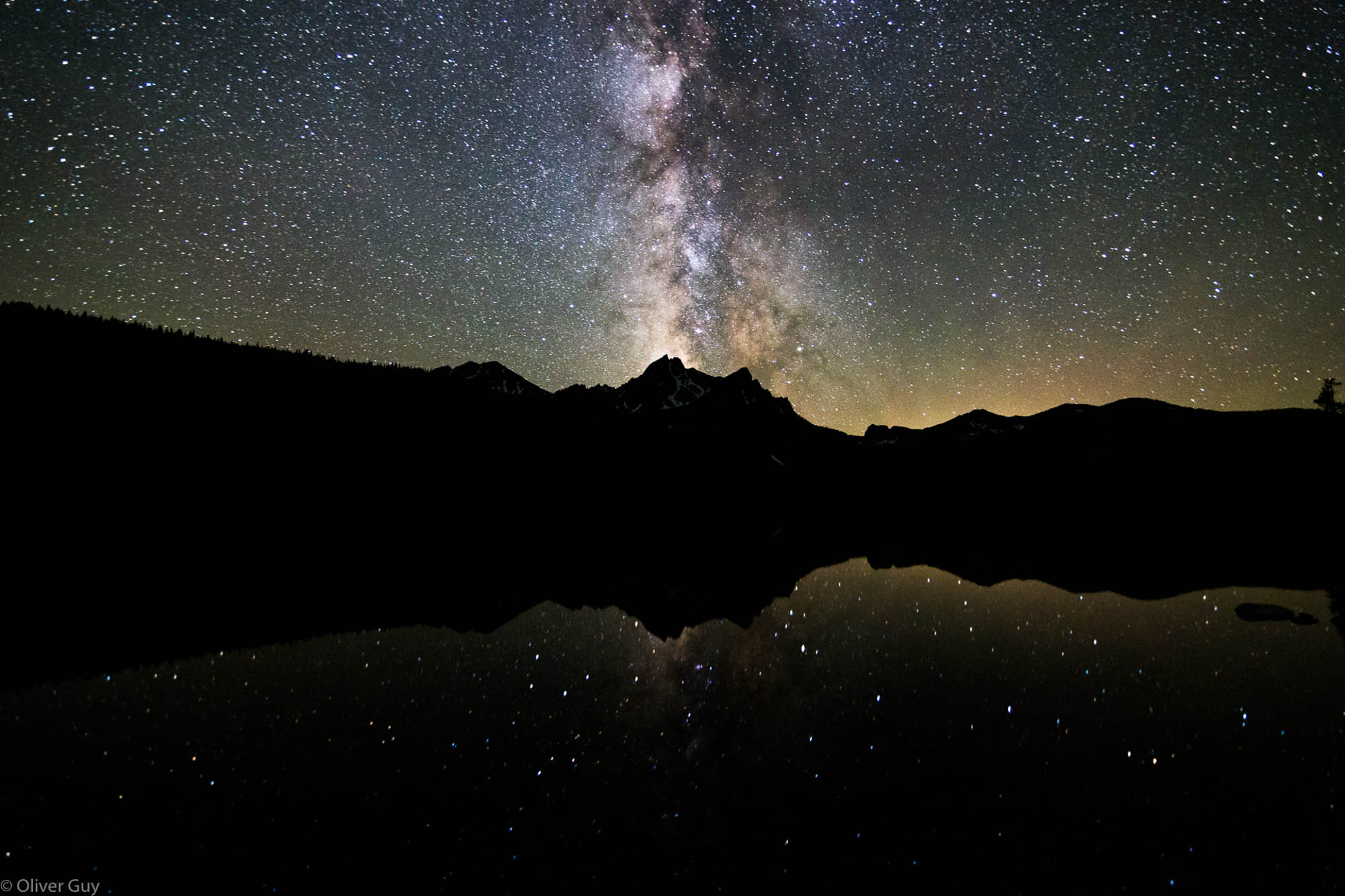Dark Sky Reserve at Night
Look Up. Be Amazed.
Boasting some of the darkest skies in the lower 48, the Central Idaho Dark Sky Reserve provides an opportunity to see objects in the night sky that are not visible throughout most of the U.S. Here, all you have to do is look up to see our Milky Way Galaxy, Andromeda Galaxy, Messier objects, constellations, our moon, planets, satellites (including the Space Station), and many other wonders of the night sky. Add a pair of binoculars or small telescope and the depths of the cosmos are revealed, from nearby nebulae to distant galaxies.
If you are new to stargazing, a good way to start is to learn some of the key constellations – Orion, Ursa Major (The Big Dipper), Cassiopeia, and the Summer Triangle. Knowing them provides a base to build your knowledge and to navigate the cosmos. Star charts are useful tools that provide a map of the night sky in your area. Find them online, in astronomy magazines, or at your local planetarium.
The planets Mercury, Venus, Mars, Jupiter, and Saturn change their positions in the sky throughout the year but can be seen with the naked eye. Other than the moon, Venus and Jupiter are the brightest objects in the night sky. With a small telescope you can see the Galilean moons of Jupiter and the rings of Saturn.
August is a great month to observe meteor showers when the Perseids appear in large numbers. The Geminids put on another spectacular show in December. Other smaller meteor showers appear throughout the year.
Navigation Tools
There are many apps available to help you navigate the night sky. Check your app store for the ones that work best for you. These websites also provide general information about the night sky and locations for current constellations.





